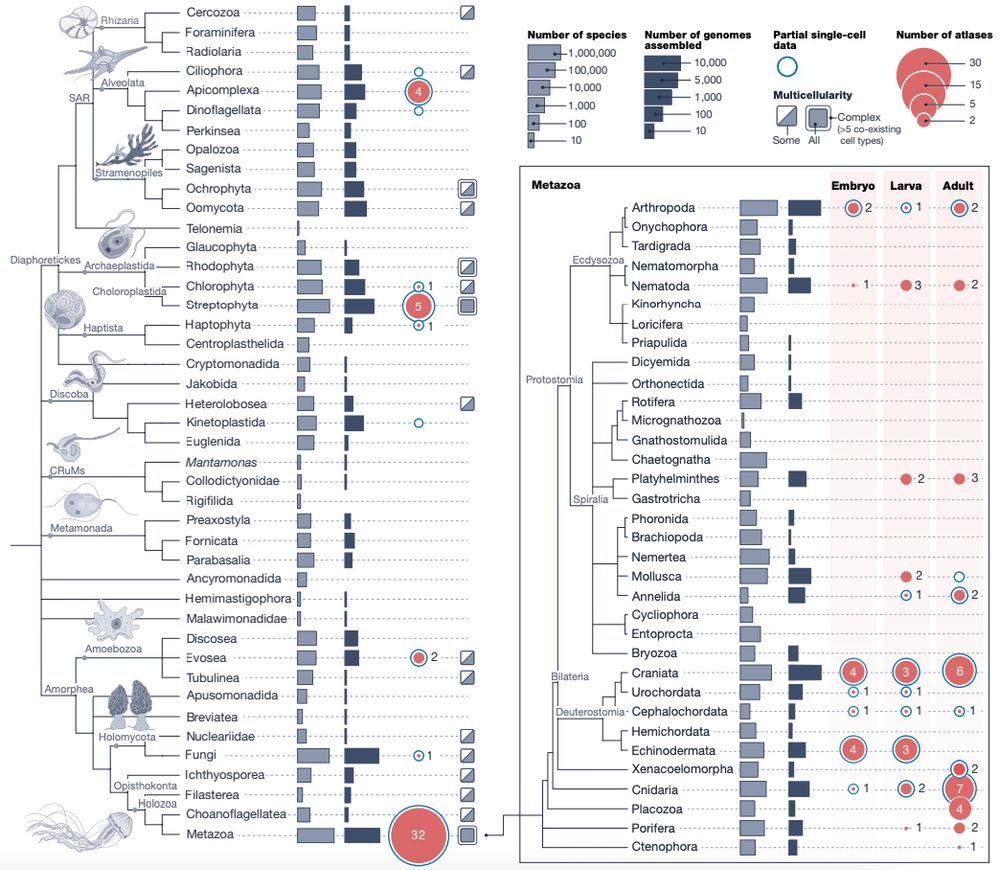Idoia Quintana-Urzainqui
@idoiaeu.bsky.social
460 followers
410 following
53 posts
EIPOD Fellow @EMBL.Brain EvoDevo. Studying brain development and evolution in sharks and other creatures 🦈 🧠Looking for group leader positions in Europe #embryo2014
https://youtu.be/TU7p_34-nmo?si=JlBwcHw1qfU3GvX9
Posts
Media
Videos
Starter Packs
Pinned
Reposted by Idoia Quintana-Urzainqui














